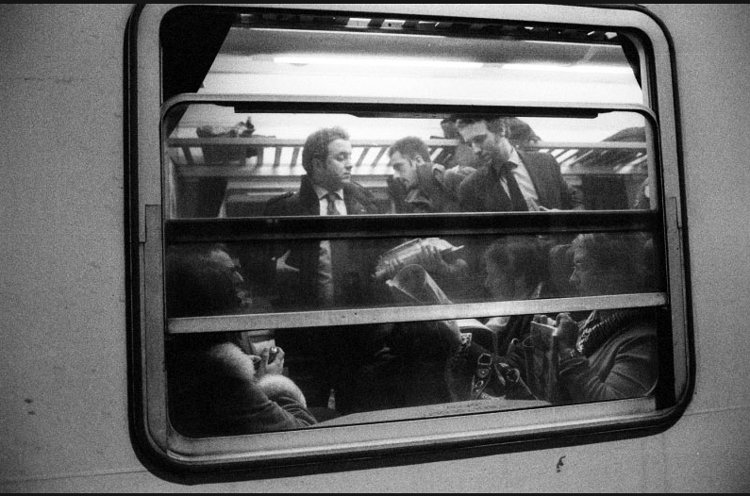Some discussion points:
- Are places/localities under siege in the contemporary world, that is defined by our authors stretching from modernity to postmodernity and now to supermodernity- in world that is increasingly "deterritorilized, diasporic and transnational" (Appadurai 188)? This is the central question of this week's seminar. From places, which have always been the traditional subject matter of anthropological research, to transitory non-places of supermodernity, to Foucault's heterotopias, what is happening to our everyday place-world? Are the technologies of place-making (spatial production of locality) dramatically changing?
- Marc Augé's discussion of the making of anthropological subject/object in Non-places is intriguing (reminds me of Johannes Fabian's Time and the Other). How does ethnography construct its subjects in the so-called "ethnographic present"- the "here" and "now" of the world at once anchored to the present but also timeless in its traditional structure. An ahistorical understanding of culture in the "broad tense"- but "rooted" in the unchanging soil. (Hint: p.22 "Cultures 'work' like green timber, and never constitute finished totalities" Nice way to put it. Let's speak about the "totrality temptation" in the social sciences and humanities"- the anthropological culture conceived as a wholistic phenomenon- where individual appears as an "average" sample that accurately stands for the whole.
- Augé suggests that anthropological place exist in the intersection of "indigenous fantasy" and "ethnographic illusion". Would be fun to unpack what he means by this exactly- how are anthropological places constituted?
- Supermodernity- excess of time, accelerated history, overabundance of events, loss of memory, forehortened space. What are the implications for places? Can one do an ethnography of places at badlands of modernity, wastelands, chemically contaminated environments, nuclear reactors, barbed-wired and mined nation-state borderlands, McDonalds and Starbucks, abandoned worker-housing-projects sites, Tanya Harding Country, industrial ruins.
- Augé arrives at the definition of "non-place" as a (super)modernist space that is not relational, not historical and not about identity (77-78). Why do you imagine modernity has had a sour relationship with place? Consider examples of non-places - can places re-emerge from within these bland wastelands?
- MOVING: Francesco Nencini's photographs.. Good work on "non-places".
- Nation states and their sour relationship with places are also of special concern, especially in the context of the modernist gesture of spatial homogenization in the name of national territory. As discussed in Appadurai (190-191)... How does the nation state deal with places in its attempts for controlling the urban and rural landscapes with spatial interventions (such as the construction and maintenance of places of memory and commemoration, government buildings, telephone booths, post offices, border controls, state parks and wild life refuges and national preserves, but also with tourist destinations and archaeological sites as well).
Commentaries
Response 1 James- James Doyle
Places, non-places and supermodernity: on the issues of rooting and uprooting - Ömür Harmansah
Non-Place vs. Place - Claudia
Place & Emotion - Emily
Schrodinger's Place - Brad
"I like here" - Sarah
This is a non-place - Jessica
The place in the non-non-place - Tim
Elevators, Tourism and Identity in the Supermodern - Bochay

